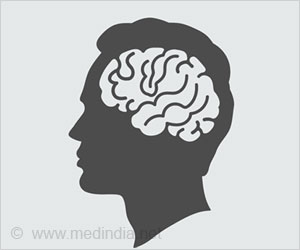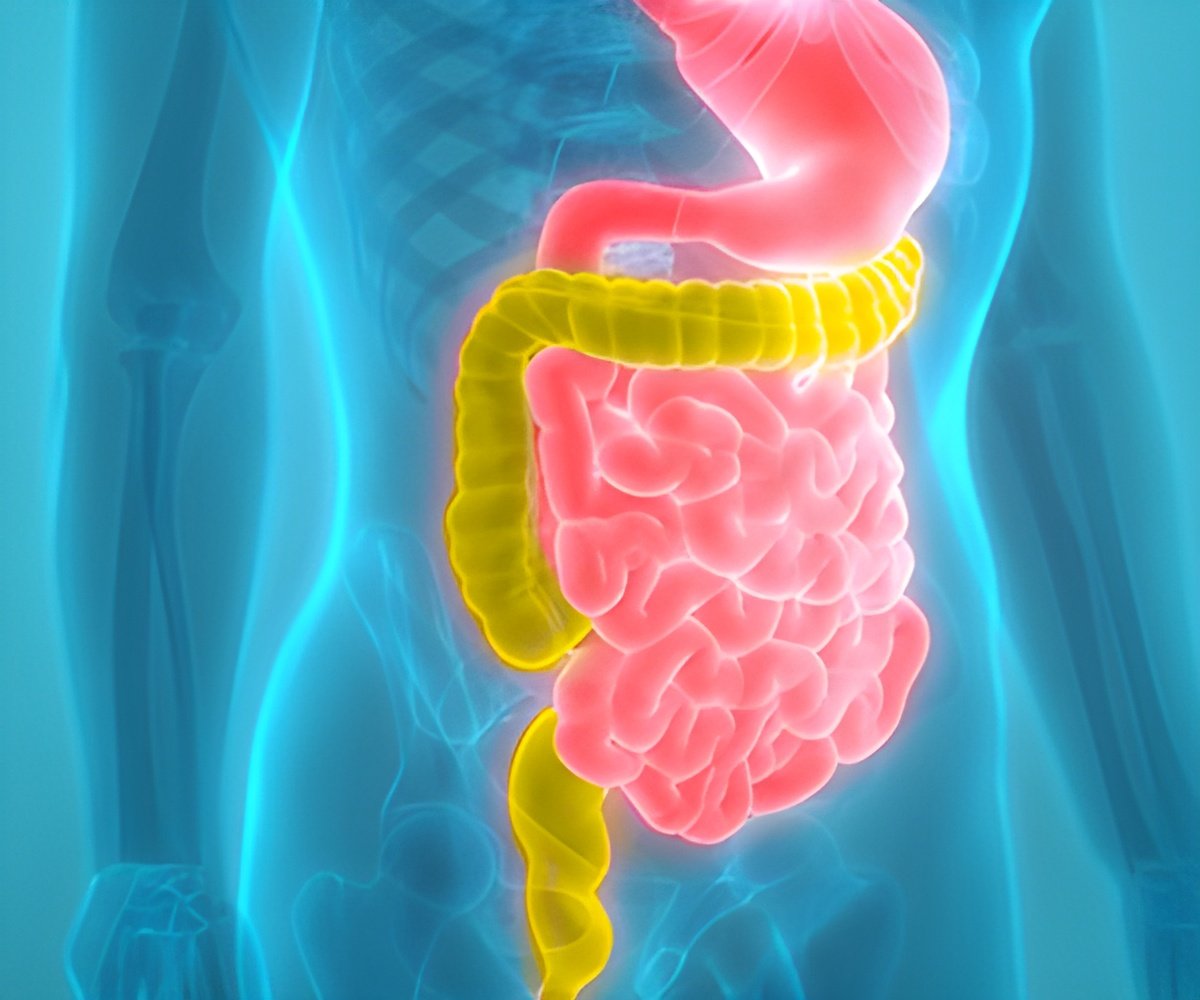AD affects one in nine people in the United States. One of the most significant genetic risk factors for AD is autosomal dominant Alzheimer disease (ADAD) mutation.
Earlier studies with an MRI technique – diffusion tensor imaging (DTI), have demonstrated that amyloid burden is inversely proportional to white matter structural connectivity in sporadic Alzheimer’s disease (99% of cases). The present study demonstrates such a link even in asymptomatic patients at-risk.
Structural Brain Changes in AD
“It’s thought that the amyloid deposition in the gray matter could disrupt its function, and as a result the white matter won’t function correctly or could even atrophy,” says study lead author Jeffrey W. Prescott, M.D., Ph.D., a neuroradiologist at the MetroHealth Medical Center in Cleveland.
The data from the Dominantly Inherited Alzheimer Network (DIAN) was used to compare cognitively normal 30 ADAD mutation carriers (mean age 34 years) with 38 non-carriers (mean age 37 years) to evaluate the consequent mutation changes in structural connectivity using brain MRI and DTI.
It was found that mutation carriers had lower structural connectivity in the frontoparietal control network. The study thereby suggests a potential role of MRI as an evaluation tool for structural brain changes in people at genetic risk for early-onset Alzheimer’s disease.
“One potential clinical use of this study tool would be to add quantitative information to risk factors like family history and use that to help identify patients early, when they may benefit from treatment. But until we have an effective treatment, we will have to wait for that to be implemented,” says, Dr. Prescott.
Source: Medindia



